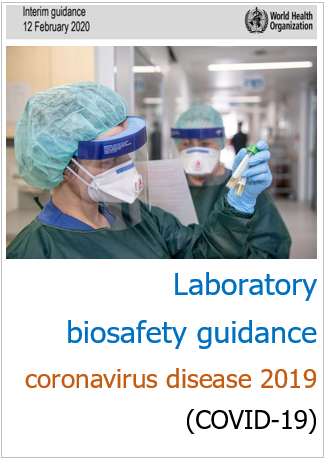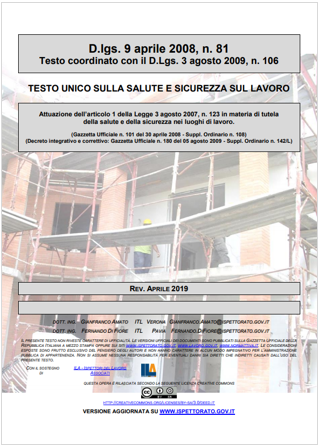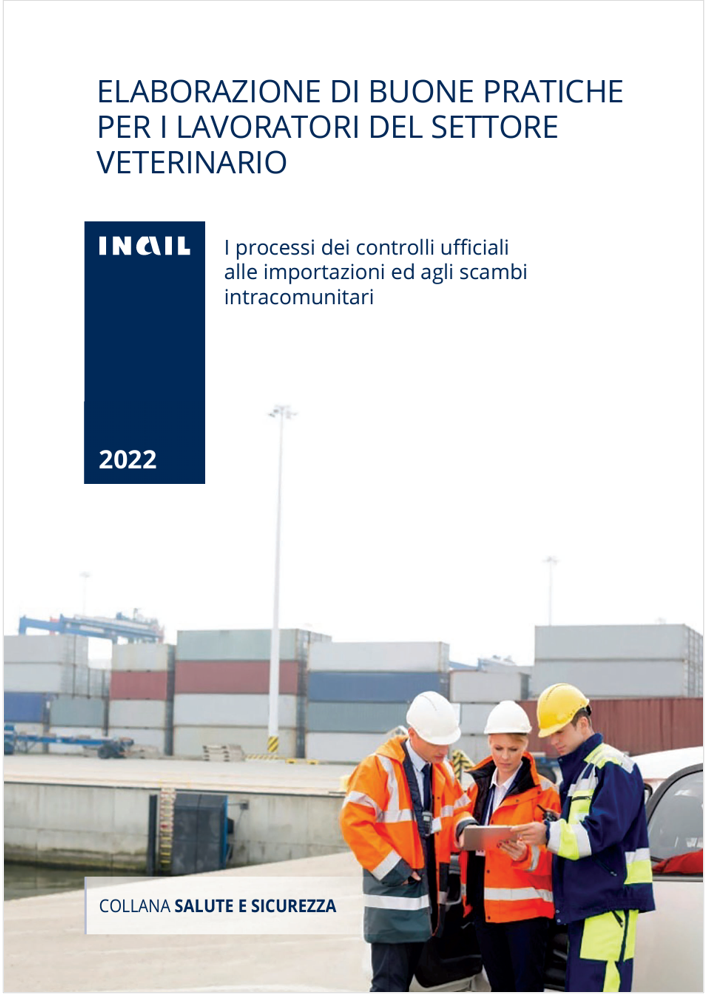
Laboratory biosafety guidance related to coronavirus disease 2019 (COVID-19)
WHO - Interim guidance 12 February 2020 (OMS)
The purpose of this document is to provide interim guidance on laboratory biosafety related to the testing of clinical specimens of patients that meet the case definition of the novel pathogen identified in Wuhan, China, that is, 2019 novel coronavirus (2019-nCoV), now known as the virus responsible for coronavirus disease 2019 (COVID-19).
As our understanding of COVID-19 is limited but rapidly growing, the World Health Organization (WHO) continues to monitor developments and will revise these recommendations as necessary.
Highlights of COVID-19 laboratory biosafety
- All procedures must be performed based on risk assessment and only by personnel with demonstrated capability, in strict observance of any relevant protocols at all times.
- Initial processing (before inactivation) of all specimens should take place in a validated biological safety cabinet (BSC) or primary containment device.
- Non-propagative diagnostic laboratory work (for example, sequencing, nucleic acid amplification test [NAAT]) should be conducted at a facility using procedures equivalent to Biosafety Level 2 (BSL-2)
- Propagative work (for example, virus culture, isolation or neutralization assays) should be conducted at a containment laboratory with inward directional airflow (BSL-3).
- Appropriate disinfectants with proven activity against enveloped viruses should be used (for example, hypochlorite [bleach], alcohol, hydrogen peroxide, quaternary ammonium compounds and phenolic compounds).
- Patient specimens from suspected or confirmed cases should be transported as UN3373, “Biological Substance Category B”. Viral cultures or isolates should be transported as Category A, UN2814, “infectious substance, affecting humans”.
Recommendations addressing minimal/essential working conditions associated with specific manipulations in laboratory settings
The additional recommendations provided in this section address the minimal/essential working conditions associated with specific manipulations in laboratory settings.
a. Risk assessment
Risk assessment is a systematic process of gathering information and evaluating the likelihood and consequences of exposure to or release of workplace hazard(s) and determining the appropriate risk control measures to reduce the risk to an acceptable level. It is important to note that hazards alone do not pose a risk to humans or animals. Consideration therefore must also be given to the types of equipment used and the procedure(s) that will be performed with the biological agent.
It is highly recommended to start with performing a local risk assessment for each process step, that is, from sample collection, sample reception, clinical testing, polymerase chain reaction (PCR) to virus isolation (only when and where applicable).
Certain hazards will then be considered for each process step, such as aerosol exposure during sample processing; eye splash during sample processing; infectious culture material spill; and leaking sample (in the case of sample reception), with an
assessed grade of risk. For each identified risk, appropriate risk control measures, including but not limited to the following recommendations, should be selected and implemented, in order to mitigate the residual risks to an acceptable level.
A risk assessment template is provided in Annex 2; this is intended to serve as an example and to facilitate the process.
b. Routine laboratory procedures, including nonpropagative diagnostic work and PCR analysis
Non-culture-based diagnostic laboratory work, and PCR analysis on clinical specimens from patients who are suspected or confirmed to be infected with the virus responsible for COVID-19, should be conducted adopting practices and procedures described for conventional clinical and microbiology laboratories as described in the “core requirements” (see Annex 1).
However, all manipulations of potentially infectious materials, including those that may cause splashes, droplets or aerosols of infectious materials (for example, loading and unloading of sealed centrifuge cups, grinding, blending, vigorous shaking or mixing, sonic disruption, opening of containers of infectious materials whose internal pressure may be different from the ambient pressure), should be performed in appropriately maintained and validated BSCs or primary containment devices, by personnel with demonstrated capability.
Examples of routine laboratory procedures include:
- diagnostic testing of serum; blood (including haematology and clinical chemistry); respiratory specimens such as nasopharyngeal and oropharyngeal swabs, sputum and/or endotracheal aspirate or bronchoalveolar lavage; stool; or other specimens;
- routine examination of mycotic and bacterial cultures developed from respiratory tract specimens. When handling and processing specimens, “core requirements” (see Annex 1), including GMPP, should be followed at all times, including but not limited to those under the following subheadings. More details are explained and demonstrated in the WHO Biosafety video series.
c. Use of appropriate disinfectants
- While little is known about this novel virus, the comparable genetic characteristics between the virus responsible for COVID-19 and MERS-CoV suggest that the COVID-19 virus may be susceptible to disinfectants with proven activity against enveloped viruses, including sodium hypochlorite (bleach; for example, 1000 parts per million [ppm] (0.1%) for general surface disinfection and 10 000 ppm (1%) for disinfection of blood spills); 62–71% ethanol; 0.5% hydrogen peroxide; quaternary ammonium compounds; and phenolic compounds, if used according to the manufacturer’s recommendations.
Other biocidal agents such as 0.05–0.2% benzalkonium chloride or 0.02% chlorhexidine digluconate can be less effective.
- Particular attention should be paid not only to the selection of the disinfectant but also the contact time (for example, 10 minutes), dilution (that is, concentration of the active ingredient) and expiry date after the working solution is prepared.
- Human coronaviruses in general are known to persist on inanimate surfaces such as metal, glass or plastic for up to 9 days (5).
[...]
Packaging and shipment
All materials transported within and between laboratories should be placed in a secondary container, to minimize the potential for breakage or a spill. An example includes transfer of materials from the BSC to an incubator and vice versa. Specimens leaving the BSC should be surface decontaminated. Detailed guidance is provided in the WHO Biosafety video series, in particular Good microbiological practices and procedures (GMPP): transport.
Transport of specimens within national borders should comply with applicable national regulations. Crossboundary transport of specimens of the virus responsible for COVID-19 should follow the United Nations model regulations, Technical instructions for the safe transport of Laboratory biosafety guidance related to coronavirus disease 2019 (COVID-19): interim recommendations dangerous goods by air (Doc 9284) of the International Civil Aviation Organization, for airlifted transport, and any other applicable regulations depending on the mode of transport being used. More information may be found in the WHO Guidance on regulations for the transport of infectious substances 2019-2020 (applicable as from 1 January 2019). A summary on transport of infectious substances can also be found in Tool box 4 of the WHO handbook, Managing epidemics: key facts about deadly diseases.
Patient specimens from suspected or confirmed cases should be transported as UN3373, “Biological Substance Category B”, when they are transported for diagnostic or investigational purposes. Viral cultures or isolates should be transported as Category A UN2814, “infectious substance, affecting humans” (3). All specimens being transported (whether UN3373 or UN2814) should have appropriate packaging, labelling and documentation, as described in the documents mentioned earlier.
...
WHO - OMS
Collegati:
Allegati
|
Descrizione |
Lingua |
Dimensioni |
Downloads |
 |
|
EN |
740 kB |
1097 |
 |
|
EN |
15979 kB |
1103 |
 |
|
EN |
1793 kB |
1314 |
 |
|
EN |
28 kB |
1004 |


































